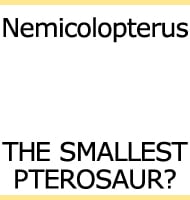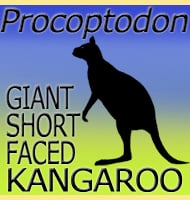In Depth
Kataria was a macrostomatan snake that lived in Bolivia during the Danian stage of the Paleocene. At the time of its description, Kataria was the oldest macrostomatan snake known from South America. As a macrostomatan snake, Kataria would be expected to be able to disarticulate its jaw so that it could swallow larger prey.
Further Reading
– A New Snake Skull from the Paleocene of Bolivia Sheds Light on the Evolution of Macrostomatans, A. Scanferla, H. Zaher, F. E. Novas, C. Muizon & R. Cespedes - 2013.









